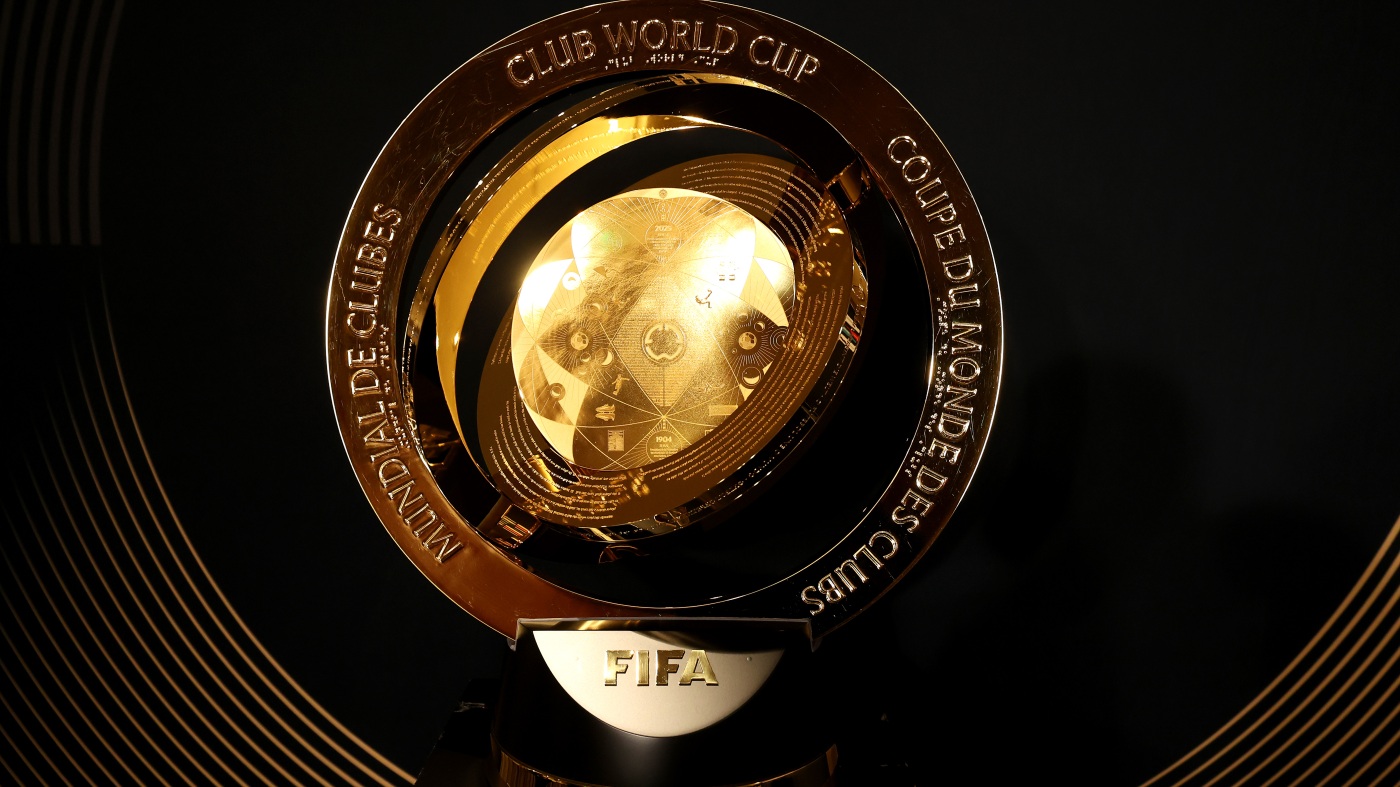The Club World Cup is making its grand return, bringing excitement to soccer fans worldwide. This year’s tournament signifies a bold new direction for FIFA, with a revamped format that is set to feature an impressive 63 matches played across the United States. Here’s a closer look at what this tournament entails, including the teams involved, the expected excitement, and a touch of the controversies surrounding it.
The Club World Cup has evolved from its original structure—where only a handful of teams participated—to an extravagant showcase featuring 32 teams. This new format is a gamble for FIFA and embodies their ambition to create a globally recognized club tournament. The stakes are high, not just for prestige but also financially, with a massive $1 billion prize pool spread across all participating teams, and up to $125 million for the eventual victor.
One of the tournament’s focal points is its inclusion of top-tier clubs from around the world. Heavyweights like Real Madrid, Bayern Munich, and Inter Milan are all set to compete. This makes for some thrilling matchups, including the opening game featuring Inter Miami against Egypt’s Al Ahly at Hard Rock Stadium in Miami Gardens. The final is slated for July 13 at MetLife Stadium in New Jersey, promising a grand conclusion to a tightly contested series.
However, the new format isn’t without its challenges. FIFA faced criticism regarding the congested schedule that adds more games to already busy calendars for players. Complaints surfaced from various players about the increasing demands on their time and bodies, particularly during an era already filled with domestic and international commitments. Additionally, ticket sales have reportedly been sluggish, prompting FIFA to introduce dynamic pricing—a new strategy that allows for ticket prices to fluctuate based on demand.
Critics question whether the extravagant tournament is necessary, and player representatives have voiced their concerns about player welfare. The situation escalated to the point where FIFPRO, an international representative body for professional footballers, lodged a complaint with the European Commission about the overcrowded football calendar and its implications for player safety.
The event bears a notable distinction, as it serves as a precursor to the upcoming FIFA World Cup, which the United States will co-host with Canada and Mexico. Hence, it represents not only a major soccer event but an opportunity for the U.S. to showcase its capability to host significant international tournaments.
Despite the high-profile teams and large financial incentives, initial fan interest seems muted. A review of ticket sales demonstrates an abundance of available seating even for marquee matchups. FIFA responded with promotional efforts, like offering complementary tickets, to attract more fans. For instance, in the lead-up to the opening game, fans who purchased a ticket for $20 could receive up to four additional tickets for free—making it a mere $4 per person to witness stars like Lionel Messi.
The expectations from FIFA president Gianni Infantino rest on the belief that interest will surge once the matches kick off. Efforts to engage fans may lead to a turnaround in attendance and enthusiasm. After all, soccer has an intrinsic ability to bring communities together, and the beginning of the tournament could revolve around a shared celebration of sport.
While the expectations for the tournament continue to build, one cannot overlook the rich narrative that accompanies this venture. As teams take the stage, they’re not just playing for trophies—they’re representing their nations and showcasing their unique styles of play on a global platform.
Clubs that were previously excluded from the limelight, like Urawa Red Diamonds from Japan and other regional champions, now get their chance to shine. This inclusion adds a new texture to the tournament, highlighting the globalization of soccer and creating new fanbases around the world.
As we look ahead to the inaugural matches, soccer fans have much to anticipate—unforgettable moments and fierce rivalries await. With players like Kylian Mbappé, Ousmane Dembélé, and Lionel Messi on display, the talent level alone promises to deliver memorable performances.
In conclusion, the Club World Cup presents a significant moment for both FIFA and soccer fans alike. While the challenges are numerous, the potential for excitement and passionate play from some of the best soccer clubs in the world stands to elevate this reimagined tournament. As it unfolds, only time will tell if it meets the expectations of fans and players or if it becomes a cautionary tale in the ever-evolving narrative of international football. For now, anticipation builds as the world gears up for an unforgettable celebration of the beautiful game.
Source link


:max_bytes(150000):strip_icc():focal(719x247:721x249)/brandi-glanville-eddie-cibrian-leann-rimes-jake-061325-fd5afcc190a347e09e43f736535c1262.jpg?w=150&resize=150,150&ssl=1)







